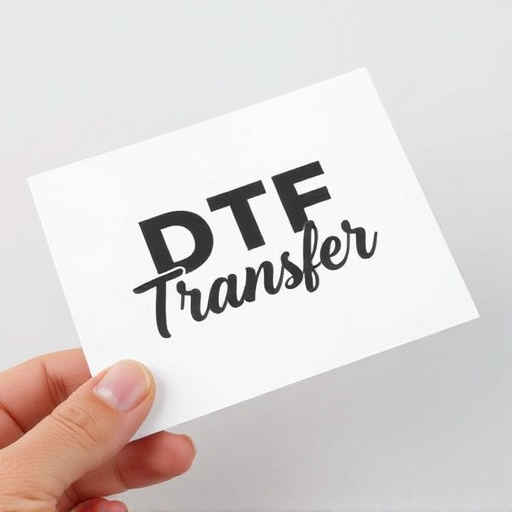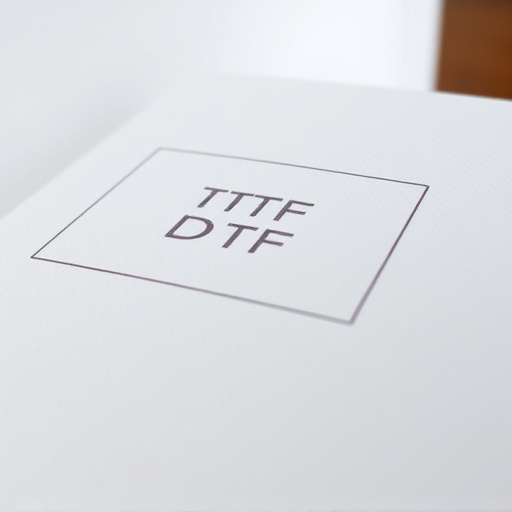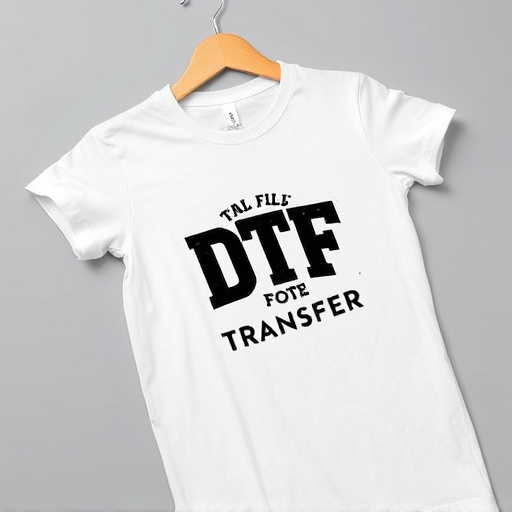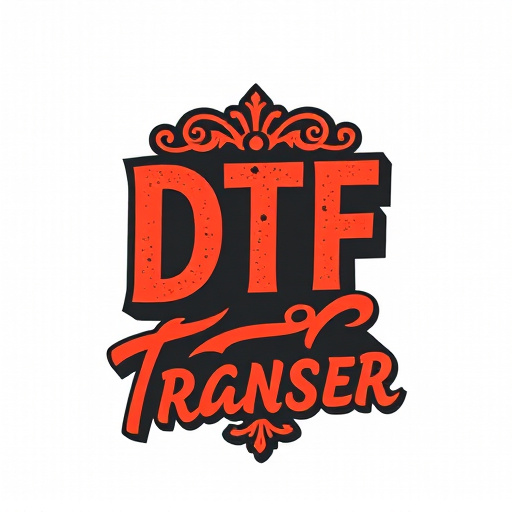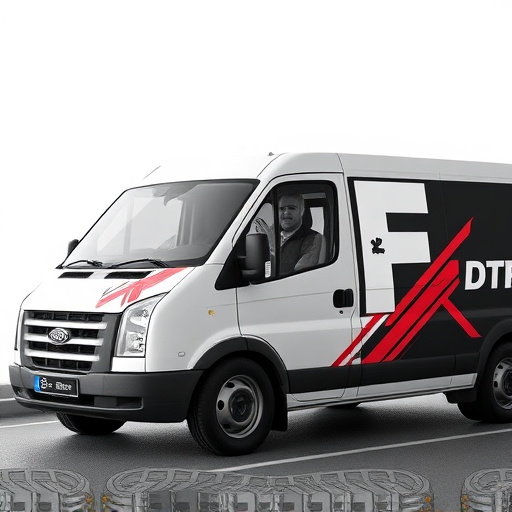The Direct-to-Film (DTF) transfer and printing process offers a cutting-edge solution for preserving cinematic art and personal memories. By digitally converting films and prints with high accuracy, DTF ensures the longevity of classic movies and cherished mementos. For home use, personalized DTF printing allows users to create high-quality, customizable artwork, photos, and vintage poster reproductions. The process involves careful preparation, including cleaning and organizing film, followed by DIY kit assembly and printing techniques. Optimal results are achieved through digital image adjustments and proper equipment setup. Proper storage methods, such as framing and avoiding direct light, are essential for preserving these unique DTF transfers and prints for future generations to appreciate.
“Unleash your film’s potential with personalized DTF transfers—a modern method revolutionizing home movie preservation. This comprehensive guide explores the benefits of DTF printing for enthusiasts, offering a unique way to transform vintage films into high-quality digital prints. From understanding the DTF process to setting up your equipment and creating flawless prints, we’ll navigate you through every step. Plus, discover expert tips for displaying and preserving these precious personalized film transfers.”
- Understanding DTF Transfer: A Modern Film Preservation Method
- The Benefits of Personalized DTF Printing for Home Users
- How to Prepare Your Films for DTF Transfer
- Unboxing and Setting Up Your DTF Equipment
- Step-by-Step Guide to Creating High-Quality DTF Prints
- Tips for Displaying and Preserving Your Personalized Film Transfers
Understanding DTF Transfer: A Modern Film Preservation Method

The Digital Age has brought about a revolution in film preservation, and at the forefront of this modern method is the DTF Transfer (Direct to Film). This innovative process allows for the digital conversion of your cherished films into high-quality prints, ensuring their longevity and accessibility for future generations. By bypassing traditional intermediate steps, DTF offers an unparalleled level of detail and color accuracy in the final prints.
Unlike older methods that could lead to generational loss of quality or damage to the original film, DTF Printing directly writes the digital data onto specialized film stock, creating a faithful reproduction. This modern approach is not just about preserving films; it’s about offering a fresh way to experience cinematic art, ensuring that classic films and personal memories remain vibrant and clear for all to enjoy.
The Benefits of Personalized DTF Printing for Home Users

Personalized DTF (Direct-to-Film) printing offers a unique and innovative way for home users to preserve their cherished memories. Unlike traditional printing methods, DTF transfers provide a high-quality, durable solution for transforming photos, artwork, or even vintage posters into tangible films. This modern approach allows individuals to create one-of-a-kind prints with precise color accuracy and crisp details, ensuring their special moments look exactly as they remember them.
One of the key advantages is the level of customization it offers. Home users can easily upload their digital files, choose from a range of film types and sizes, and even add personal touches like borders or text. With complimentary delivery, this convenient service brings the nostalgia of traditional film photography to modern-day convenience. DTF prints are ideal for decorating homes, creating unique gifts, or simply enjoying a personal collection of memories without compromising on quality.
How to Prepare Your Films for DTF Transfer
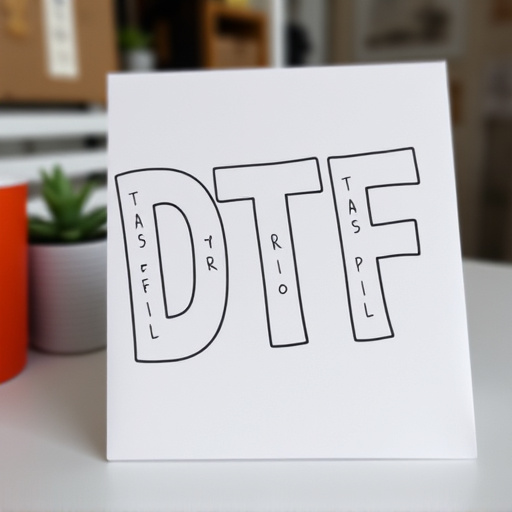
To prepare your films for a DTF (Direct-to-Film) transfer, start by ensuring they are clean and in good condition. Gently wipe each film with a soft, lint-free cloth to remove any dust or debris. This simple step is crucial as even the smallest particles can cause defects in the final print. Next, check the films for any scratches or damage; if found, consider repairing or replacing them to ensure optimal quality.
Before sending your films for DTF Printing, organize and label them properly. It’s helpful to include a list of the films you’re sending along with the package, especially if you have a substantial collection. This process streamlines the transfer, ensuring that each film is handled accurately and printed as intended.
Unboxing and Setting Up Your DTF Equipment
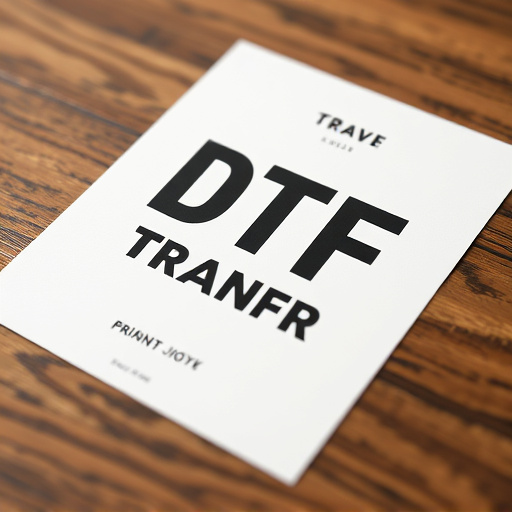
Unbox your DTF transfer kit with excitement—it’s time to embark on a journey into DIY film printing. Your kit likely includes everything you need for DTF (Direct-To-Film) printing, including a light box, screen, emulsion, and frames. Set up your workspace by laying out the included materials and ensuring ample space for your work area. Carefully assemble the light box according to the manufacturer’s instructions, positioning it in a well-lit area free from direct sunlight which can affect the exposure process.
Next, prepare your screen by cleaning it thoroughly and allowing it to dry completely. Spread a thin layer of emulsion onto the screen using the provided tools, making sure to evenly coat all areas. Place the film positive (the image you want to print) face-down on the emulsion-coated screen and gently press it into place. Hold it in position for a few seconds, then carefully remove the film, leaving behind an imprint of your image on the screen. Now, you’re ready to start creating stunning DTF prints with your newly set up equipment.
Step-by-Step Guide to Creating High-Quality DTF Prints

Creating high-quality Direct to Film (DTF) prints is a straightforward process that allows for personalized and visually stunning film transfers. Here’s a step-by-step guide to ensure optimal results:
1. Prepare Your Image: Start by selecting the photo or artwork you want to transfer. Ensure it’s in a high-resolution digital format suitable for printing. Adjust the image as needed using editing software, focusing on color balance and sharpness.
2. Choose the Right DTF Film: Select a high-quality DTF film that matches your desired outcome. Different films offer various characteristics like resolution, color accuracy, and durability. Follow the manufacturer’s guidelines for best results.
3. Set Up Your Equipment: Gather all necessary tools, including a DTF printer, film, transparent backing, and a clean workspace. Ensure your printer is calibrated for precise color reproduction.
4. Apply the Film: Carefully unroll the DTF film and adhere it to the print bed with the transparent backing facing up. Make sure there are no bubbles or wrinkles. Adjust the alignment carefully according to your image.
5. Send to Printer: Use printing software to send your prepared image to the DTF printer. Set the appropriate print settings for the chosen film type, ensuring optimal exposure and color accuracy.
6. Process and Remove: Once the print is complete, follow the manufacturer’s instructions to process and remove the transparent backing. Handle the print gently to avoid damage.
Tips for Displaying and Preserving Your Personalized Film Transfers
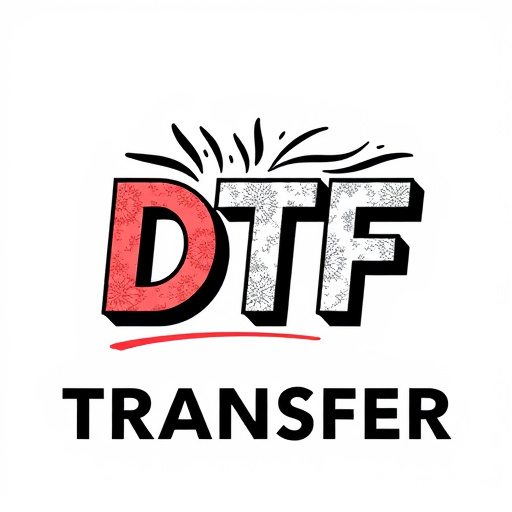
Displaying and preserving your personalized film transfers, or DTF Transfers and prints, is a key step in ensuring their longevity and aesthetic appeal. For optimal visual impact, consider framing your DTF Prints behind glass to protect them from direct sunlight which can cause fading. Choose a frame that complements the vintage style of your film transfer, enhancing its nostalgic charm.
Regular cleaning and dusting are essential for preserving DTF Transfers. Use a soft, dry cloth to gently wipe away any dust or marks. Avoid using chemical cleaners or water as these can damage the delicate surface. Store your DTF prints in a cool, dry place away from direct heat sources and strong light. This will help prevent curling, fading, or cracking over time.
